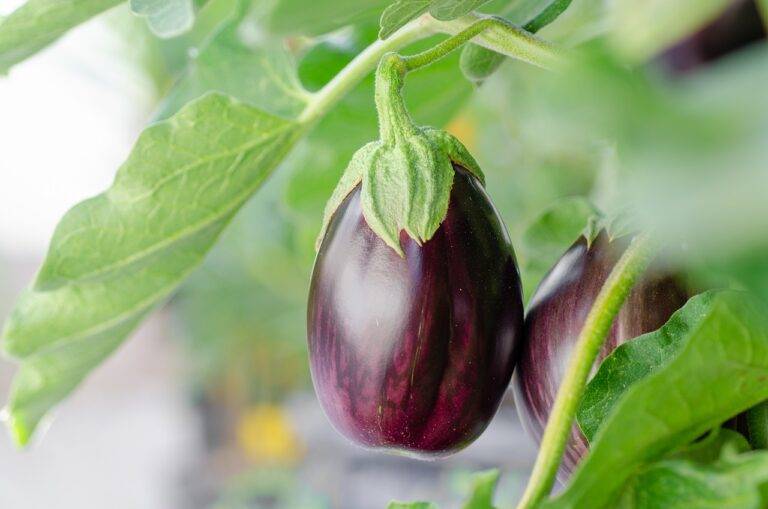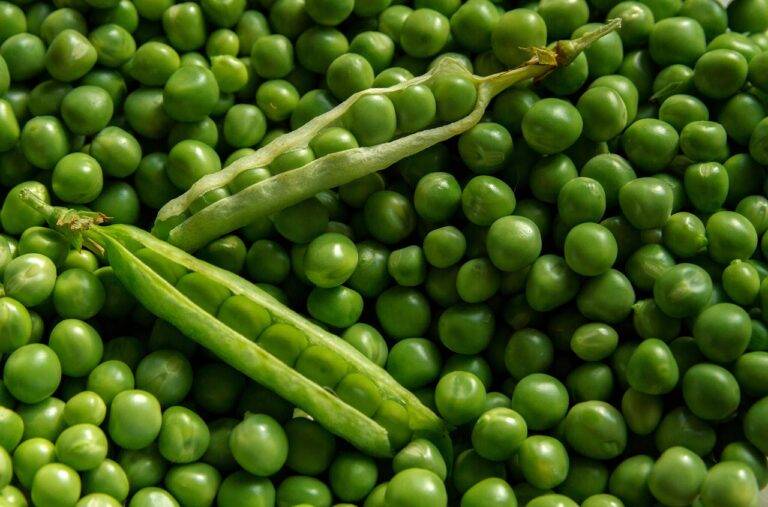The Art of Food Preservation: Traditional Techniques in a Modern World
Preserving food has been a practice dating back centuries, essential for societies to ensure sustenance during lean times. This age-old technique not only prevents food spoilage but also helps in maintaining food quality and flavor. By preserving food, individuals can make the most of seasonal abundance and reduce food waste, ultimately saving money and resources.
Additionally, food preservation allows for the availability of a wider variety of foods throughout the year, regardless of the growing season. This can lead to a more balanced and nutritious diet as different types of food can be consumed year-round. Preserved foods also offer convenience, making meal preparation more accessible and efficient, especially during busy days when cooking from scratch may not be feasible.
Understanding the History of Food Preservation
Food preservation techniques have been a fundamental practice since ancient times, starting with the primary goal of extending the shelf life of perishable foods. One of the earliest methods of food preservation can be traced back to the sun-drying of fruits and meats by early civilizations. This simple yet effective technique helped prevent food from spoiling and made it possible to store food for longer periods, especially in regions where refrigeration was not available.
Throughout history, various preservation methods such as salting, fermenting, and smoking emerged as crucial ways to store food for extended periods. Salting, for instance, was widely used to preserve fish and meats, as it inhibited bacterial growth and kept the food safe to consume for months. Fermentation, another ancient preservation technique, not only extended the shelf life of certain foods but also enhanced their flavors and nutritional value. Additionally, smoking food was a common practice among many cultures, as it not only preserved the food through dehydration but also imparted unique smoky flavors that were desirable.
Why is food preservation important?
Food preservation is important as it helps to extend the shelf life of food, reducing waste and ensuring a stable food supply. It also helps to retain the nutritional value of food and prevent the growth of harmful bacteria.
What are the different methods of food preservation?
There are several methods of food preservation, including canning, freezing, drying, smoking, fermenting, and pickling. Each method has its own benefits and is used for different types of food.
How has food preservation evolved over time?
Food preservation has evolved over time from the use of natural methods like drying and smoking to more advanced techniques like canning and freezing. Advances in technology have also played a role in improving food preservation methods.
What are the benefits of preserving food?
Preserving food helps to reduce food waste, save money, and ensure a stable food supply. It also allows for the consumption of seasonal produce year-round and can help to preserve cultural traditions and recipes.
What role does food preservation play in today’s society?
Food preservation plays a crucial role in today’s society by helping to meet the demands of a growing population, reduce food waste, and ensure food security. It also allows for the distribution of food over long distances and the availability of a wide variety of foods.





